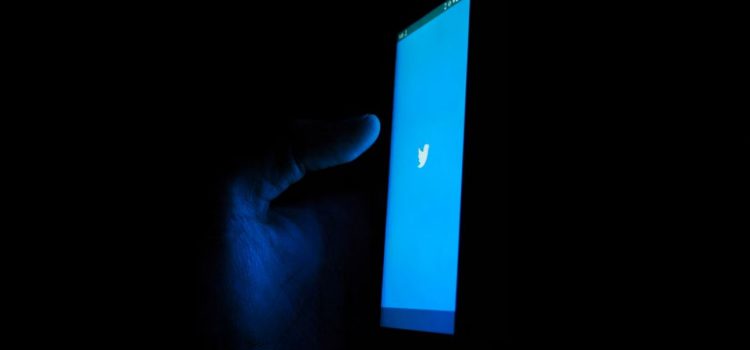
How much influence did Twitter have? Who used Twitter, and for what causes?
In his book Hatching Twitter, Nick Bilton explores the influence of Twitter throughout the years (before Musk took over). Twitter has been an important tool in politics, social movements, businesses, and more.
Continue reading for a look at Twitter’s influence, and some of its challenges.
Twitter’s Evolution’s Influence
Twitter has grown from a simple idea into a platform with immense influence on global events and popular culture. Let’s take a look at how Twitter evolved over time and the influence of Twitter.
Twitter’s Global Impact
It’s hard to believe how much Twitter has shaped social movements and political change around the world. During the 2008 presidential campaign, Twitter proved to be an important tool for political discussions, which aligned perfectly with co-founder Jack Dorsey’s vision of increasing the platform’s reach and influence.
From organizing protests in Tehran to standing up to pressure from the Justice Department during the WikiLeaks controversy, Twitter has been at the forefront of major global events. Even world leaders like the Russian president recognized Twitter’s power in shaping international conversations.
Driving Social Dialogue
Twitter has been a driving force in shaping political and social dialogue through the clever use of hashtags. Remember the “#sandiegofire” and “#iranelection” hashtags? They served as vital channels for spreading information during the San Diego wildfires and various political events in Iran. Twitter became an essential tool for disseminating news and organizing activities during these significant occurrences.
Celebrity and Corporate Adoption
It’s not just activists and politicians using Twitter—celebrities, corporations, and even spiritual leaders have embraced the platform to connect with their audiences. Public figures like Janina Gavankar, John Edwards, and John McCain have used Twitter strategically, just like how police scanners are used. Mobile food services and news organizations have also jumped on the Twitter bandwagon.
Twitter’s rise to prominence at the South by Southwest festival, along with celebrity visits and the widespread use of Twitter handles in everyday conversations, cemented its place in mainstream culture.
Overcoming Business Challenges
Turning Twitter into a profitable business was no easy feat. Initially, the company relied on co-founder Evan Williams’ funds and lacked a clear revenue generation plan. However, Twitter’s rapid growth and the support of respected tech figures like Ev Williams attracted investors, despite the absence of a solid business model.
As Twitter continued to grow, it secured $100 million in venture capital funding, resulting in a $1 billion valuation—all without generating any revenue. The company then made significant progress by partnering with Google and Microsoft, integrating Twitter into their search capabilities. By the end of 2012, Twitter was generating a steady stream of revenue, with ad income reaching $1 million per day.
Under the leadership of CEO Dick Costolo, who took the helm in 2012, Twitter’s valuation skyrocketed to $10 billion, setting the stage for its initial public offering two years later. By leveraging its considerable influence in the social and political spheres, Twitter solidified its position as a thriving business through advertising partnerships and strategic alliances.






